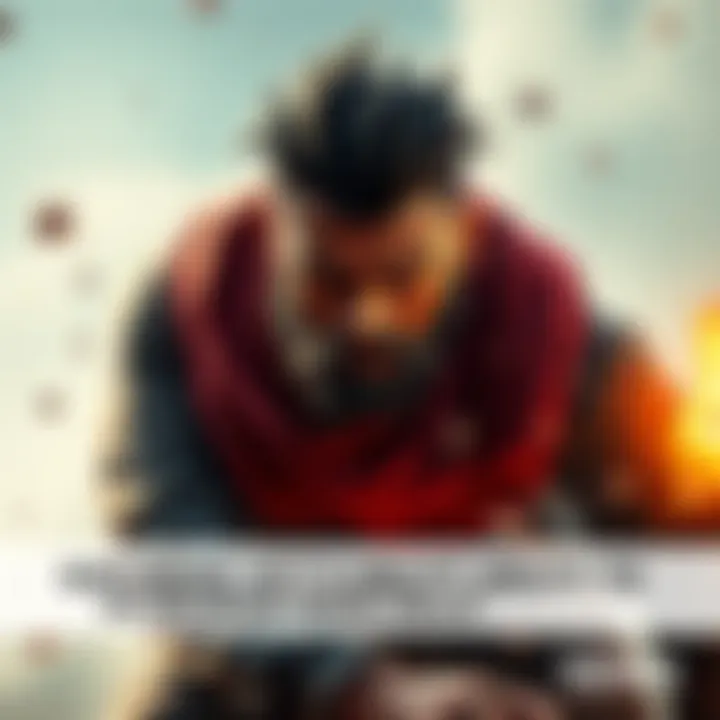RCT's Role in Cell Regeneration | Anime Fans Debate Gojo's Look After MS
Edited By
Tanya Lee

A lively discussion erupted among fans surrounding the regeneration capabilities of characters in popular anime series, particularly focusing on Gojo's appearance post-Malevolent Shrine (MS) attack. The interaction yielded some surprising analyses and comedic takes.
Context of the Debate
In the aftermath of Gojo surviving a brutal attack, observers noted that while his hair managed to remain unscathed, there was an odd absence of facial hair. This led to fan theories swirling around the potential limits of RCT (Reverse Cursed Technique) regarding full-body regeneration. This topic sparked various opinions across forums, where many argued over what RCT actually permits.
Major Themes in Fan Reactions
Clothing Durability: Many fans took issue with the pristine state of Gojo's T-shirt after the fight. One comment pointed out that, "His clothes are INTACT, no scratch. Who tf made them? Edna?"
Binding Vows and Sacrifices: A recurring theme was the idea that Gojo made a binding vow to maintain his stylish appearance, at the cost of his attention span. This prompted laughter, as fans chimed in, "He sacrificed his attention span to keep his hair perfectly coiffed."
Humor and Absurdity: Fans shared entertaining theories about the fight, including speculation that they might have had a pre-fight agreement to avoid damaging their looks for the benefit of a televised event. One commented, "Before the fight, Sukuna and Gojo undertook a binding vow that allowed their techniques to ignore the opponent’s fit."
Fan Sentiment
A mix of humor and critique characterized the fan responses, with many appreciating the comedic angles while simultaneously expressing frustration over inconsistencies in the anime's logic. It appears that many find the discussion both entertaining and reflective of broader themes in the anime genre.
"Anime character's clothes have better durability feats than the characters themselves," one fan quipped, showcasing the lighthearted nature of the debate.
Key Takeaways
🔥 Gojo's Hair vs. Clothes: Fans can't agree on which was more unrealistic—his hair or the undamaged shirt.
🤔 Binding Vows: The concept of sacrificing attributes for style prompted hilarious theories among fans.
😂 Durability Debate: Many expressed disbelief over the seemingly invincible clothing, igniting a wave of jokes within the community.
What’s on the Horizon for Gojo and RCT?
There’s a strong chance discussions around Gojo's regenerative capabilities will continue to evolve, especially as the series progresses. Fans will likely dive deeper into the implications of RCT, with estimates suggesting continued debates on forums could peak approximately 70% around pivotal story arcs. As new episodes air, the narrative may provide further insights into the limits of RCT, potentially introducing characters with varying abilities that either challenge or complement Gojo's power. Additionally, expect more humorous memes and critiques focused on character designs, as audiences react to any inconsistencies, keeping the conversation alive and vibrant across the community.
A Gentle Nod to Comedic Theater’s Enduring Legacy
The dynamic between Gojo and his circumstances echoes a lesser-known aspect of Shakespearean comedy, where characters often maintain exaggerated appearances while attempting to conceal deeper flaws. Similar to the comedic devices used in plays like "Twelfth Night," wherein characters wear masks to hide their true selves, Gojo’s unblemished look may serve as an assertion of style over substance. Just as audiences enjoyed the absurdity in theatrical performances, anime fans will likely continue to celebrate both the humor and irony that arise from such character design decisions, making the conversation not only engaging but also reflective of age-old comedic traditions.
